Did you know that a majority of US dogs are overweight or obese? This epidemic has been propelled by well-intended owners who unknowingly feed their pups the wrong dog food. Unfortunately, it has gotten increasingly difficult to discern the good dog food brands from the bad. Misleading marketing and label claims hide unhealthy ingredients, artificial additives and non-nutritional fillers.
Not sure which dog food is good for your pup? No idea what the ingredients on the back of the dog food bag actually mean?
DJANGO's dog food ingredient guide will help you identify the best and worst dog food ingredients. Read on to learn which ingredients are best for your dog's health, and which ingredients you should avoid at all costs.
The Best Dog Food Ingredients
1. High Quality Animal-Based Protein
Animal-based protein is the most important part of a dog’s diet. It is also the most expensive ingredient for dog food brands to source. The dog food you select should have one or two specifically-named meats at the top of the ingredient list (i.e. chicken, beef, turkey, duck).
In many cases, meat meal (i.e. chicken meal; lamb meal) is used as the main source or second source of protein. Meat meal is concentrated protein powder made by overcooking and essentially dehydrating (aka “rendering”) meat. Some forms of meat meal are good sources of protein. These include chicken meal, beef meal, lamb meal, duck meal, and venison meal. Steer clear of “by-product” meals and meals that do not specify which animal it is made from. Examples are “animal meal”, “meat meal”, “animal by-product meal”, and “meat and bone meal”. These types of meal are often made up of animal waste materials: heads, hooves, bones, etc.
Lower quality dog food makers will skimp on (or completely exclude) high quality animal protein sources and opt for cheaper and lower quality alternatives like “animal digest”, “animal by-products”, “animal fat”, unspecified meat meals, and even corn. Yep, you read that correctly… Many low quality dog food brands use corn and corn gluten meal to fulfill the required ‘protein’ content in their dog food.
2. Healthy Fats and Oils
Look for specifically named fish, fats and oils - these include salmon, mackerel, chicken fat, fish oil and flax oil, among others. Healthy fats and oils such as omega-3 and -6 fatty acids are saviors for the skin and promote a healthy, shiny dog coat.
3. Carbohydrates
Carbohydrates are essential for energy - they are the body’s main source of fuel - and digestion. Look for whole grains like rice, oats, barley, potatoes, sweet potatoes and peas - these are healthy carbohydrates and high in fiber. Avoid grain fragments and flours (i.e. rice flour) which lose most of their nutritional value during processing. Ingredients like rice flour and corn gluten are common ingredients in low-quality dog food brands and used as cheap, incomplete protein sources.
4. Fruits and Vegetables
Whole, unprocessed fruits and vegetables are a nice addition to any dog food and provide vitamins, minerals and phytonutrients. That said, fruits and vegetables are not as important as protein, healthy fats and oils, and carbohydrates. Overly processed fruits and vegetables lose a lot of their nutritional value and are often used to boost perceived food quality.
5. Vitamins and Minerals
Many vitamins and minerals are lost during cooking and processing. As dog food brands are required to meet specific nutritional requirements, manufacturers add back nutrients via supplements. Be wary of food containing “premixed” vitamins or minerals; premixed variations often contain potentially harmful preservatives.
The Worst (and Even Dangerous) Dog Food Ingredients
These ingredients are the worst offenders - the cheapest, least nutritional and often unregulated. Pet food brands that primarily use these products care much more about margins than your pup’s health.
1. Animal digest
Animal digest is cooked-down broth made from unspecified parts of unspecified animals. Any kind of animal can be used (pigs, horses, rats…), and the animals can come from any source. There is no control over quality or contamination.
2. By-products
i.e. chicken by-products, beef by-products
When animals are slaughtered for food production, the best cuts of meat are used for human consumption. The rest of the animal carcass is often used in pet food and known in the industry as meat “by-products” or “meal”. According to PetMD, this “includes, but is not limited to lungs, spleen, kidneys, brain, blood, bone, fatty tissue and stomachs and intestines freed of their contents. This is a cheap way for pet food companies to keep the protein levels "high" (although not high quality) while keeping food production costs low.”
3. Added colors & dyes
Artificial, humanly-contrived additives used to enhance the appearance of dog food and appeal to humans. Artificial colors and dyes add no nutritional value and instead are viewed as potentially harmful chemicals to both humans and animals.
4. BHA/BHT
BHA and BHT are dangerous. They stand for butylated hydroxyanisole and butylated hydroxytoluene, respectively, and are chemical preservatives that have been linked to cancer, asthma and other ailments.
5. Corn
Stay away from dog food that uses corn and corn variations (meal, gluten) as top ingredients. Corn is an inexpensive filler in pet food that helps low-quality pet food brands fulfill the required ‘protein’ content in their food (see “corn gluten meal” to understand why corn protein is subpar). Corn is also a carbohydrate with a very high glycemic index (i.e. it raises blood sugar levels); this unfortunately contributes to weight gain and pet obesity while offering subpar nutrition.
6. Corn gluten meal
Corn gluten meal is a byproduct of corn processing and cheap source of protein for pet foods. Unfortunately, corn gluten meal does not offer pets the same high-quality protein that animal protein offers. Rather, it lacks several amino acids that are essential for dog health.
7. Meat by-product meal
i.e. chicken by-product meal
This is animal by-product that has been rendered. Rendering is the process where animal meat that is “unfit for human consumption” - for instance, meat from dead, dying, diseased, or disabled animals - is cooked extensively until all bacteria, viruses and parasites have been killed and the meat is considered “usable material”, i.e. fit for pet food.
8. Meat meal
Meat meal is animal tissue - excluding blood, hair, hoof, horn, hide trimmings, manure, stomach and rumen contents - that has been rendered.
9. Propylene glycol
Propylene glycol is a controversial additive used to preserve the moisture content in some pet foods. It is also the main component in automotive antifreeze! Propylene glycol has caused blood diseases in some animals.
10. Rice flour
Rice flour is fine in moderation as it is a gluten-free source of protein, fiber and vitamin B. Unfortunately, a lot of low-grade dog food brands abuse use this inexpensive ingredient as a main source of protein. While high in protein, rice flour does not have a complete amino acid profile and is therefore an inferior source of protein for pups.
11. Soy flour and textured soy flour (TSF)
On the surface, soy flour looks like a great source of protein with a balanced amino acid profile. Unfortunately, most soy grown in the USA is genetically modified and contains high levels pesticides and toxins (i.e. pesticide RoundUp) which are known to biologically affect humans and animals alike.
12. Wheat gluten
Wheat gluten is a byproduct of wheat processing and cheap source of protein for pet foods. Similar to corn gluten meal, wheat gluten meal does not offer pets the same high-quality protein found in animal protein. Rather, it lacks several amino acids that are essential for dog health.




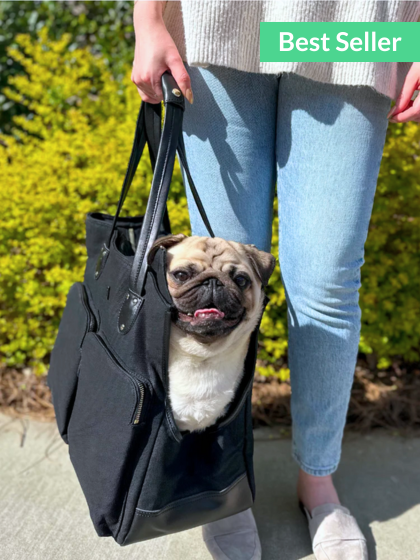
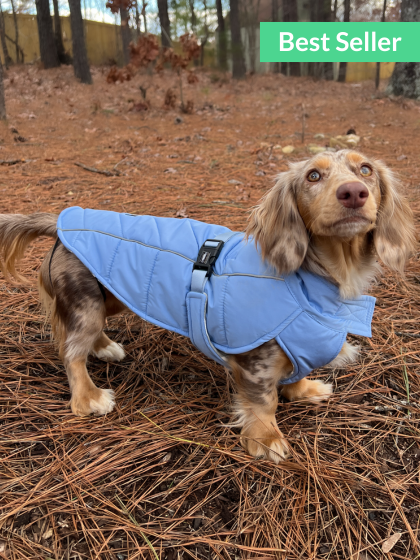

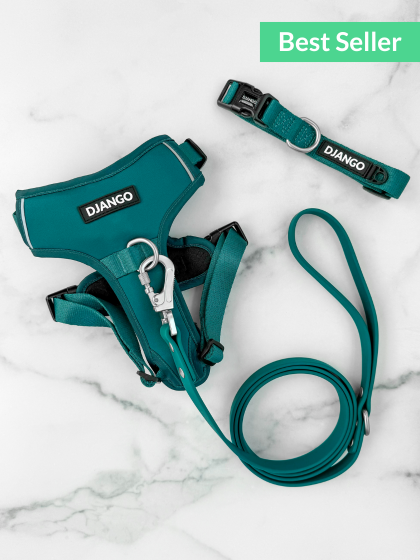
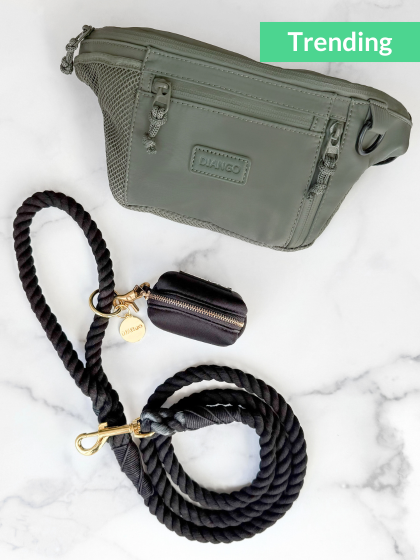
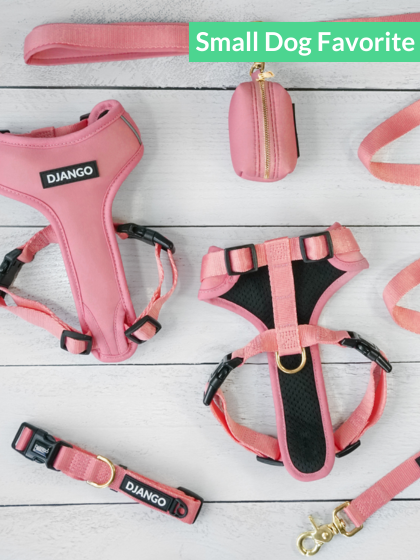



1 comment
Bonnie Luellen
I wished I found this sight a while ago. Because this info is up front with more detail on what exactly is the by-products and meal contain. Thank you for informing people who really care about there pets. I have a 40lb bag of dog food I just purchased and now I feel really quilty for feeding my dog those ingredients. Thank you again.
I wished I found this sight a while ago. Because this info is up front with more detail on what exactly is the by-products and meal contain. Thank you for informing people who really care about there pets. I have a 40lb bag of dog food I just purchased and now I feel really quilty for feeding my dog those ingredients. Thank you again.